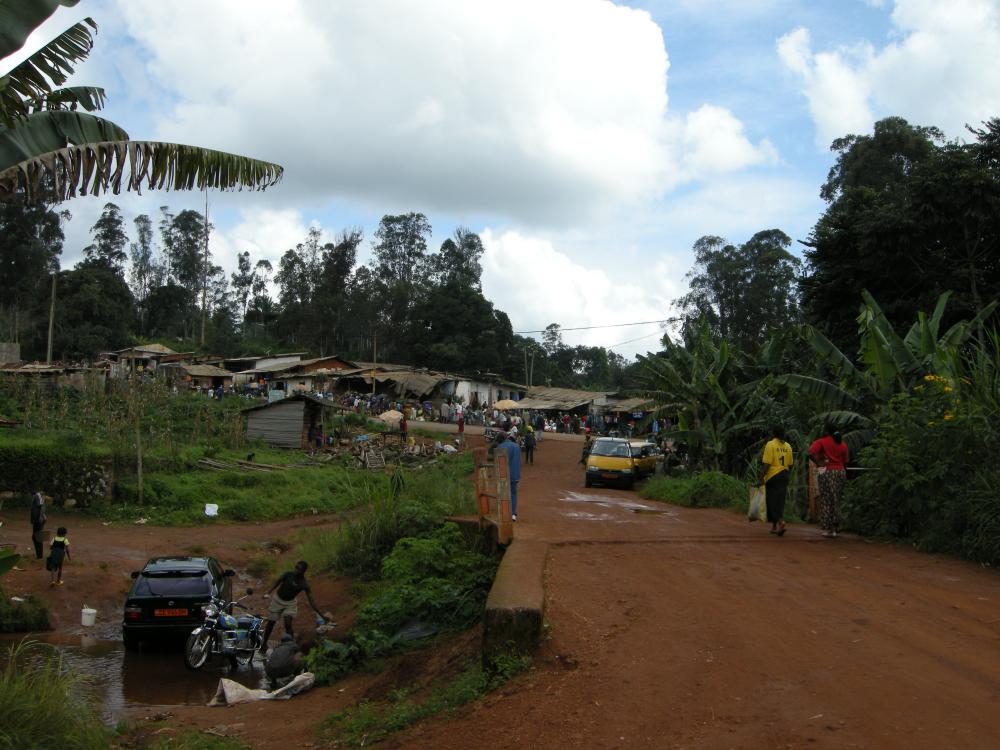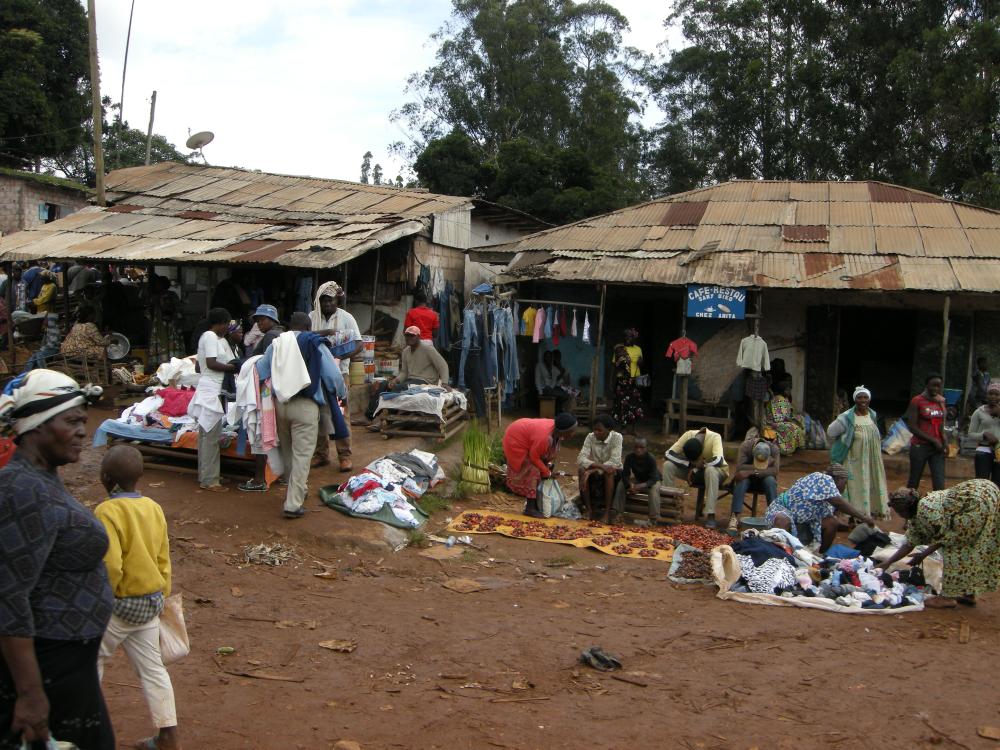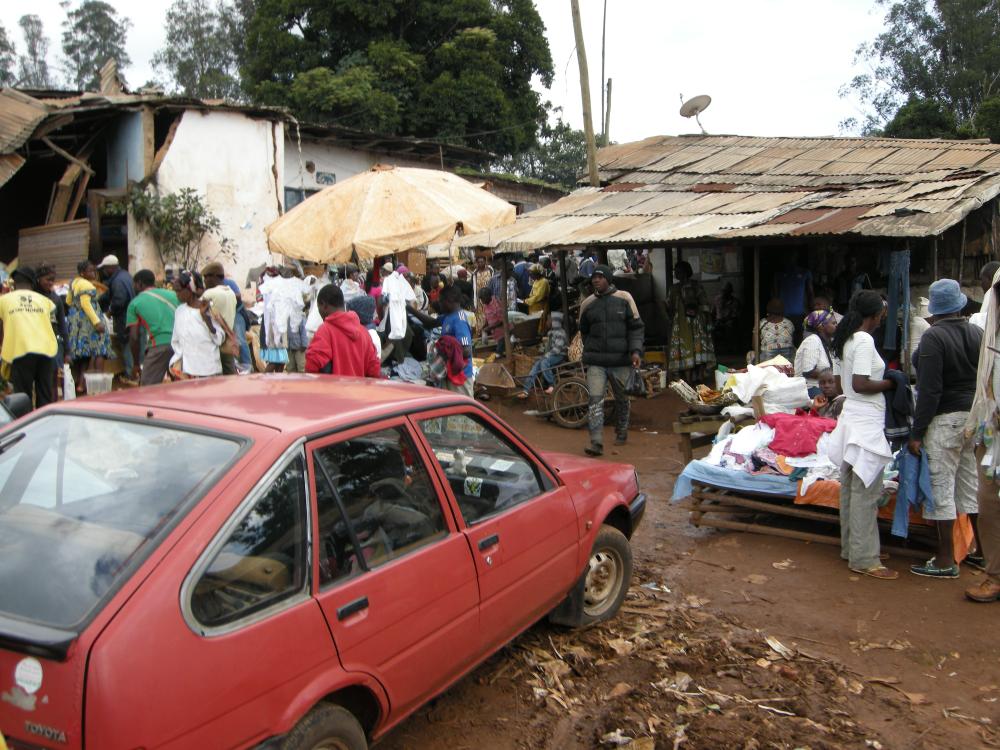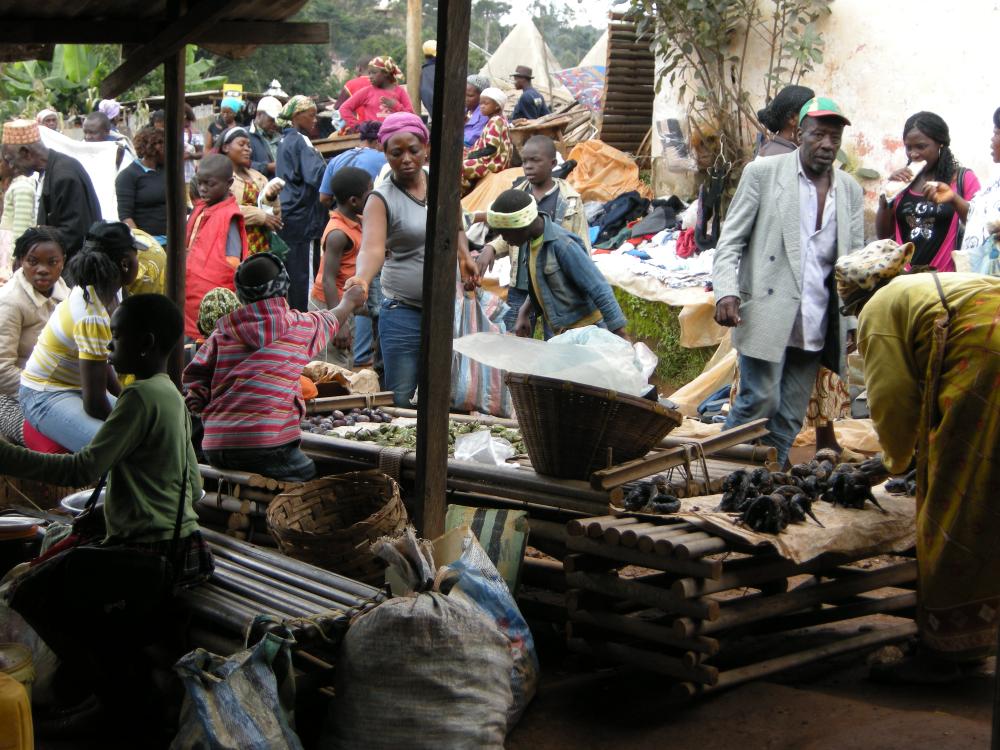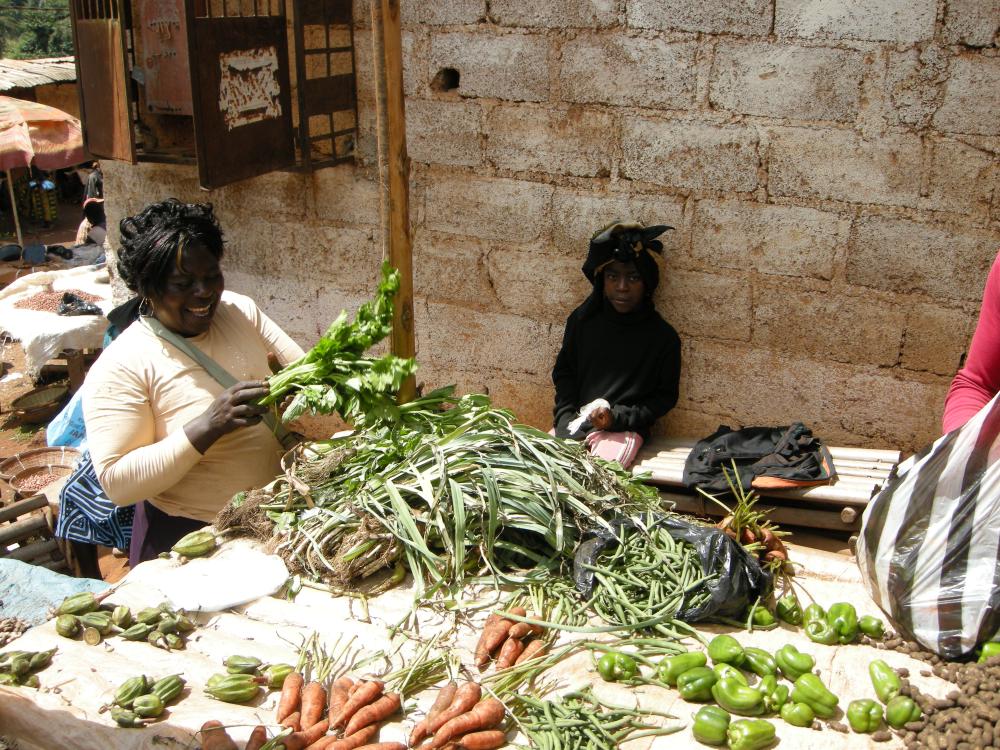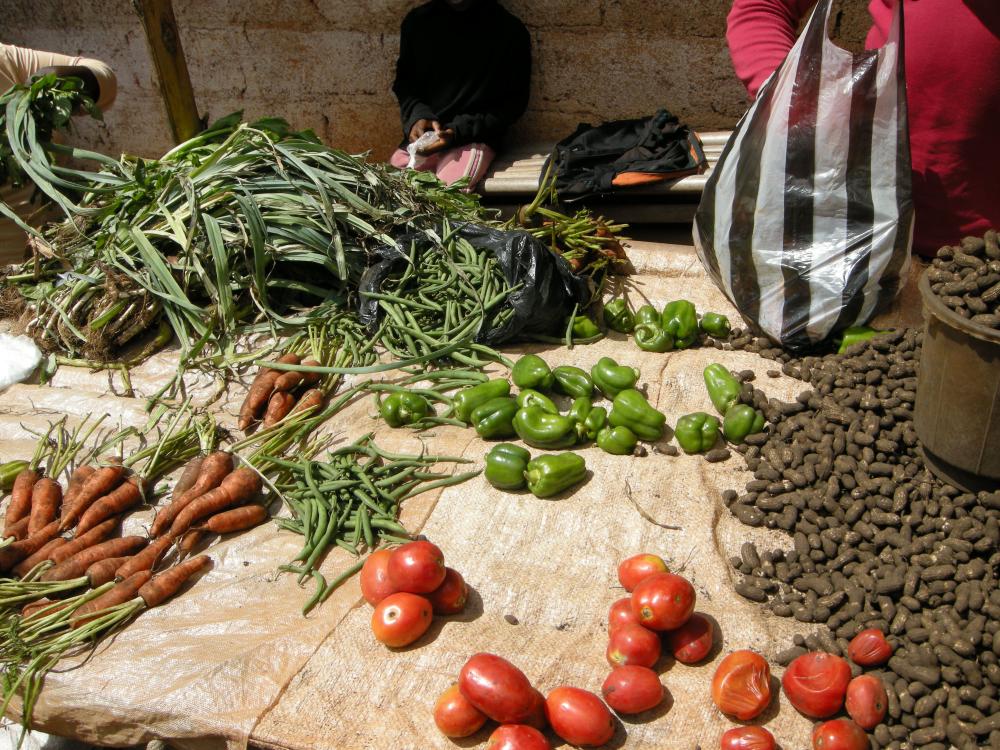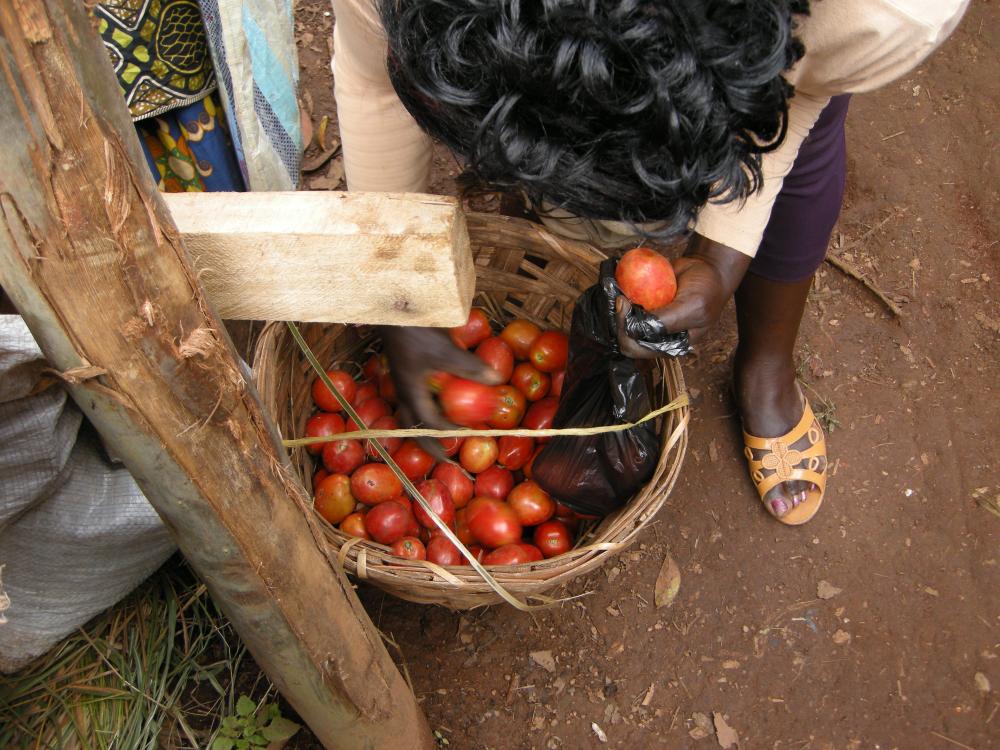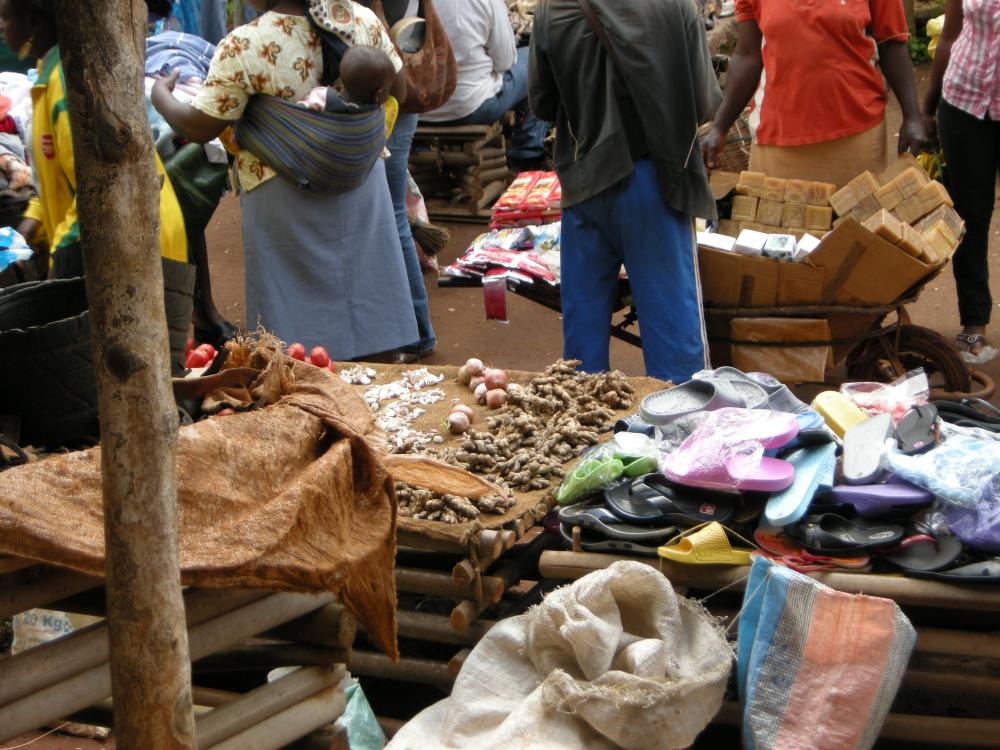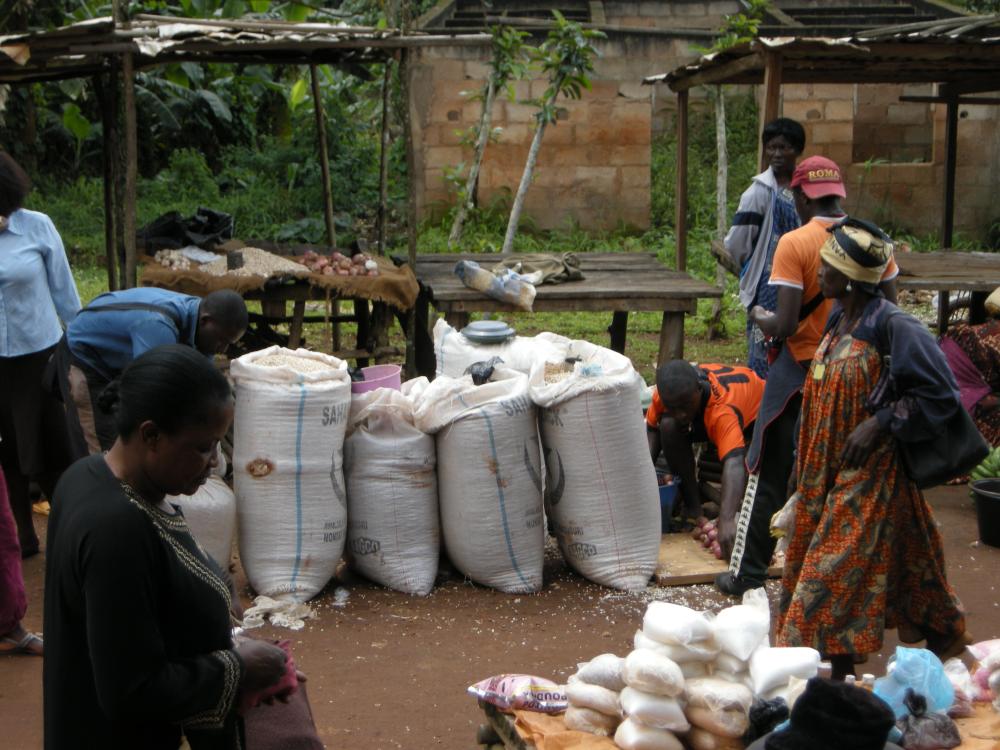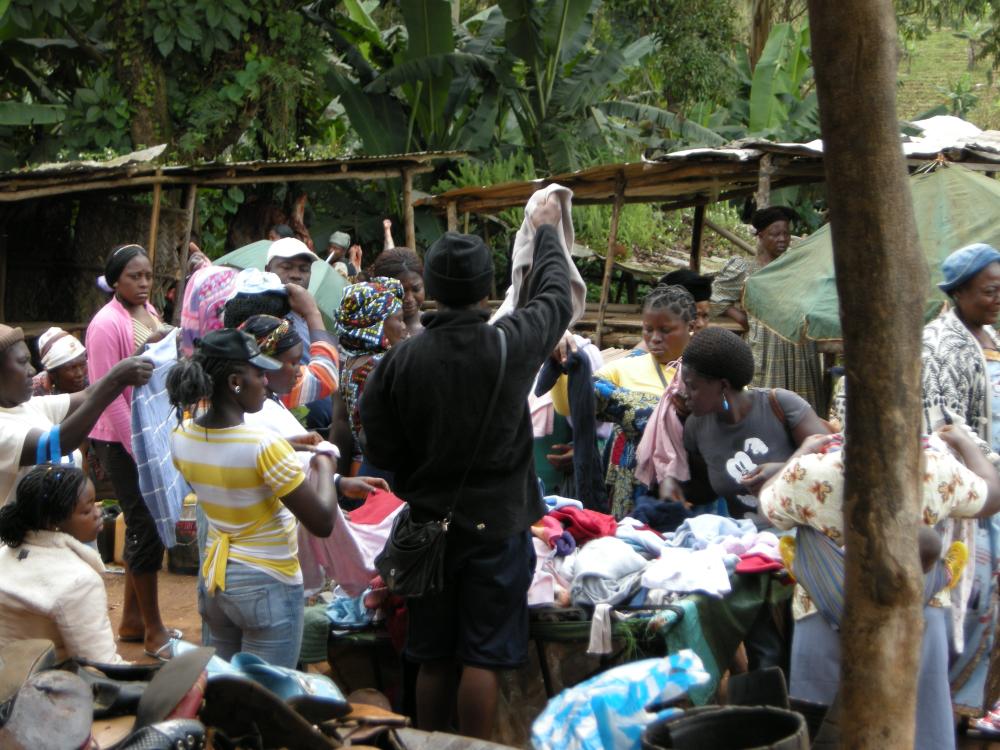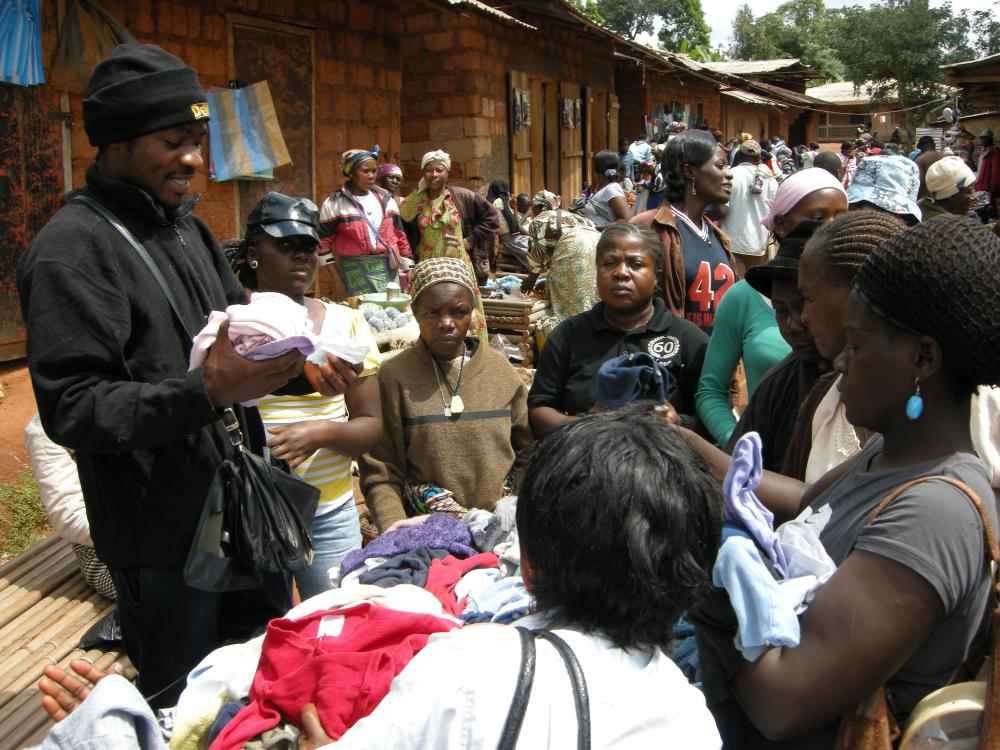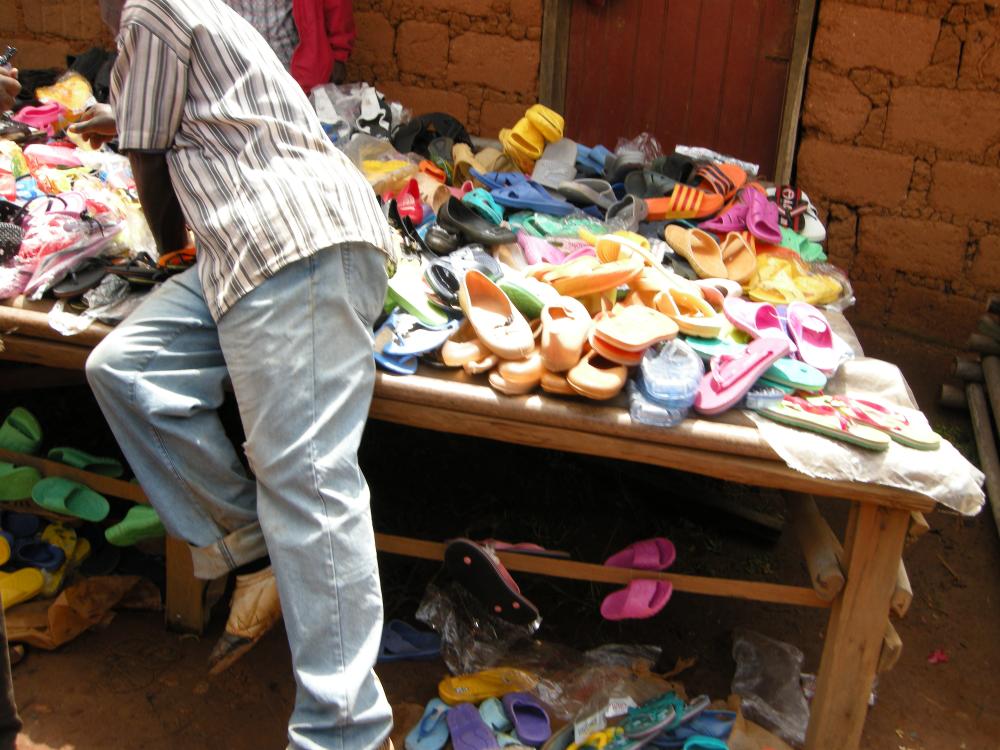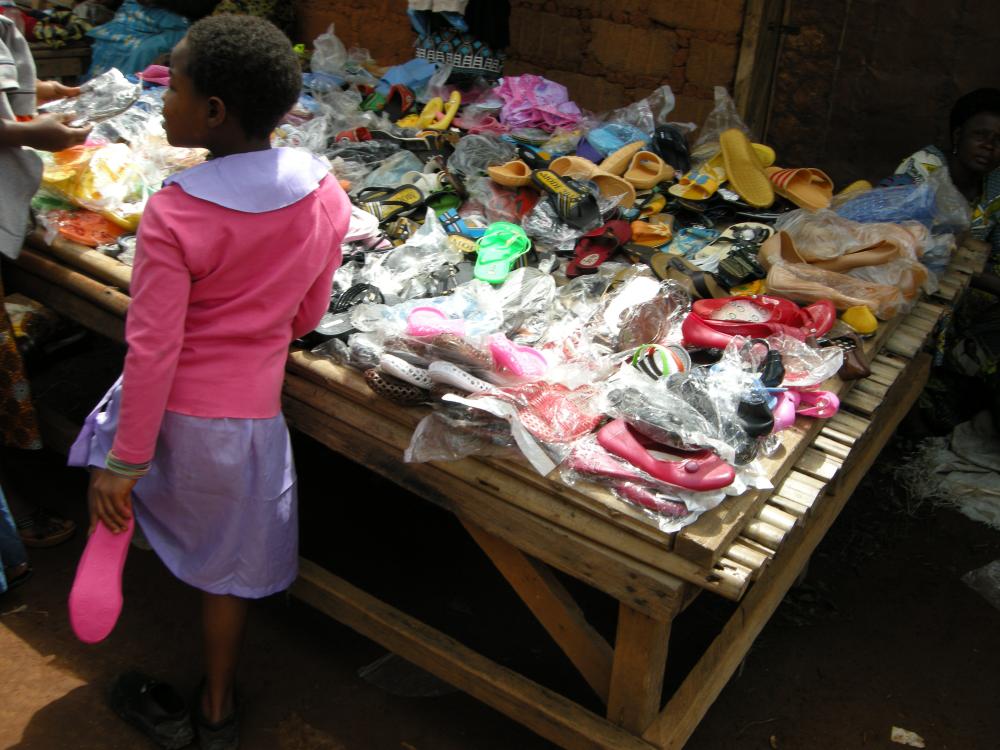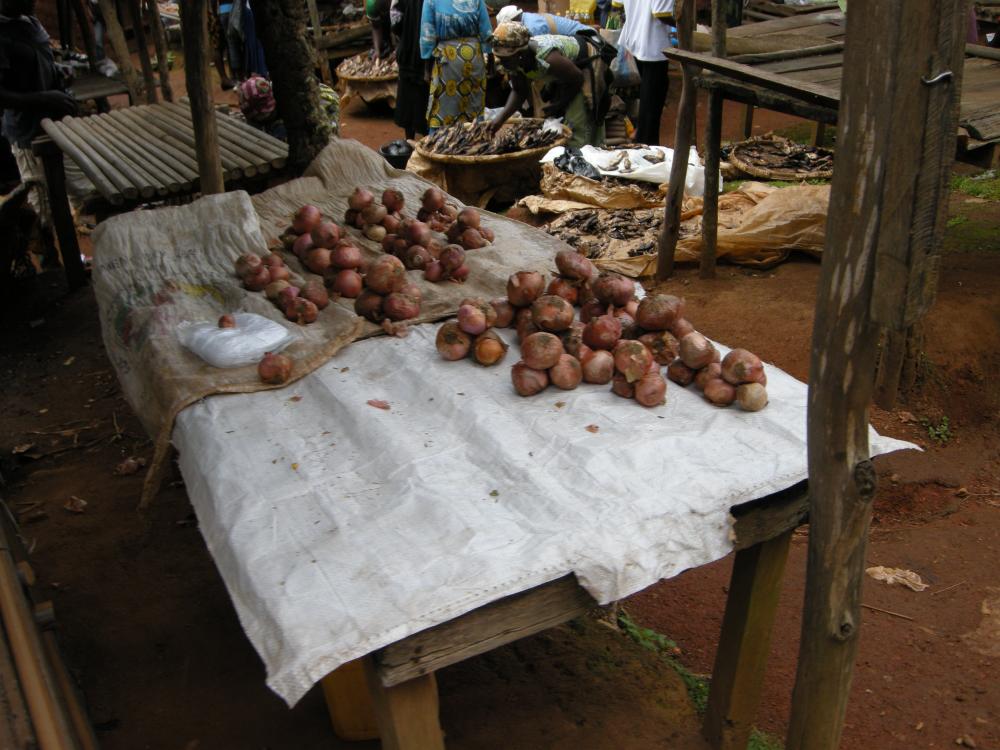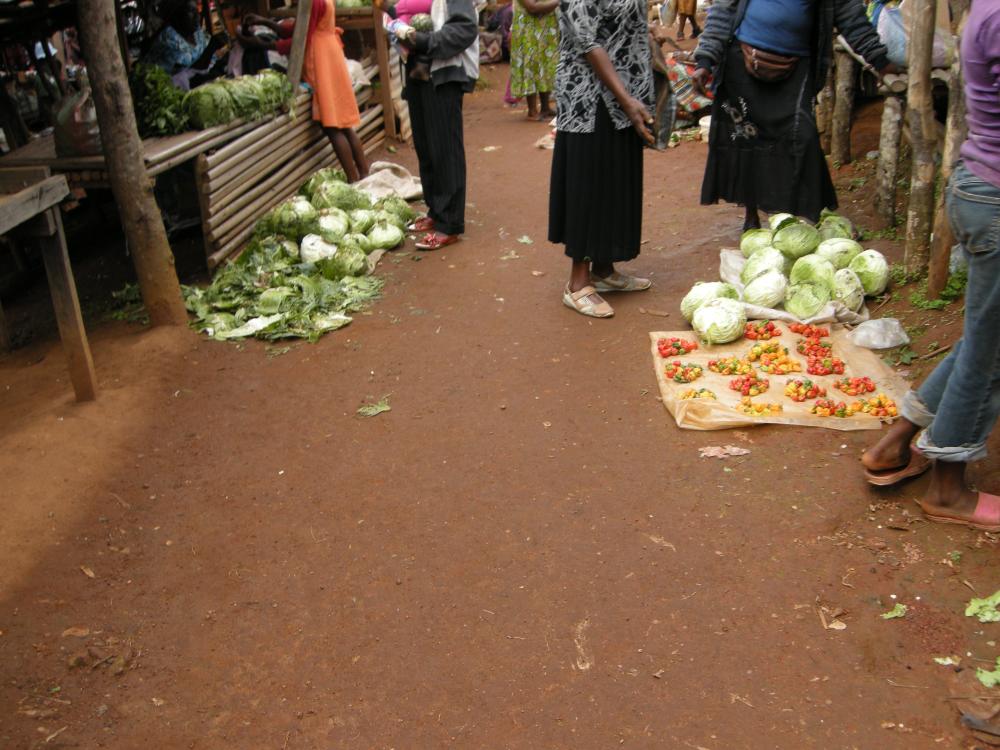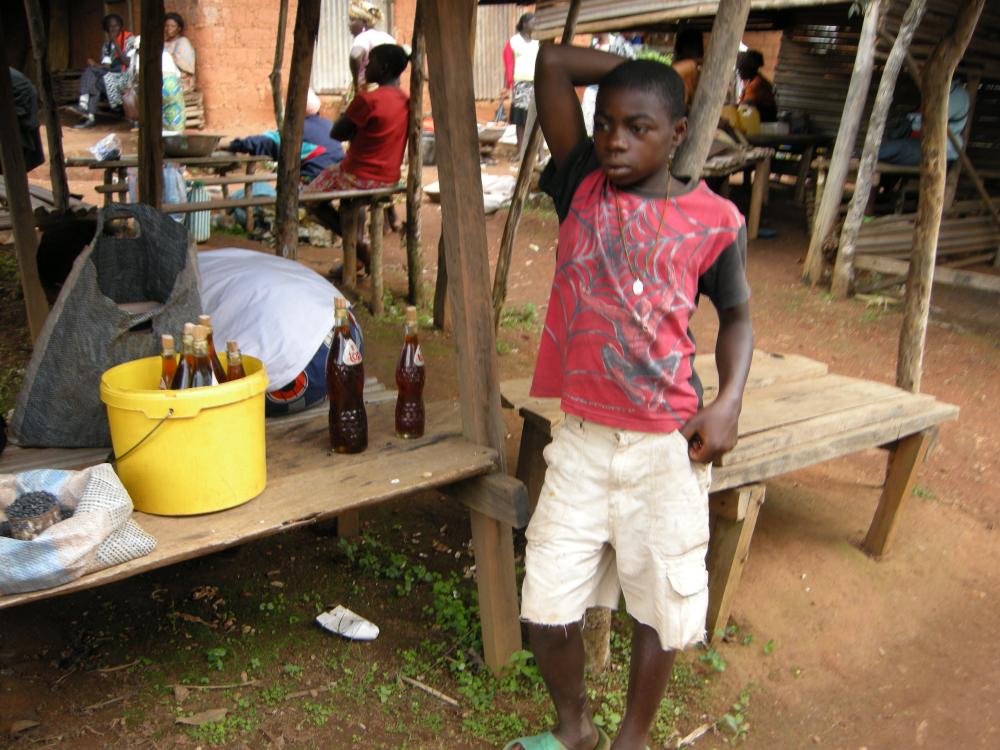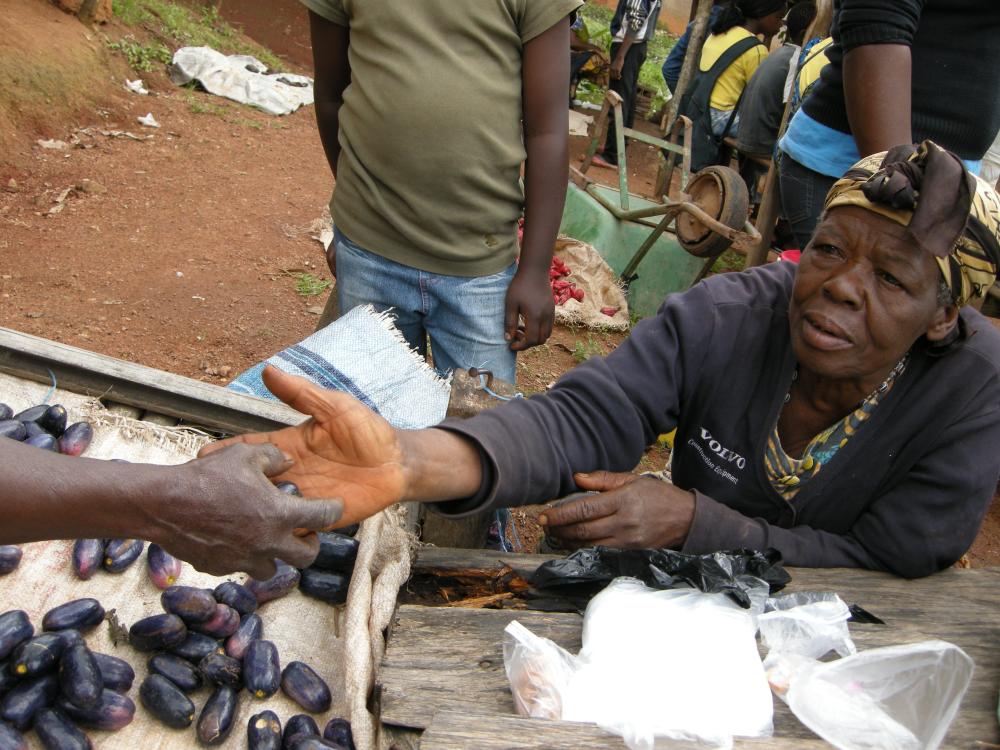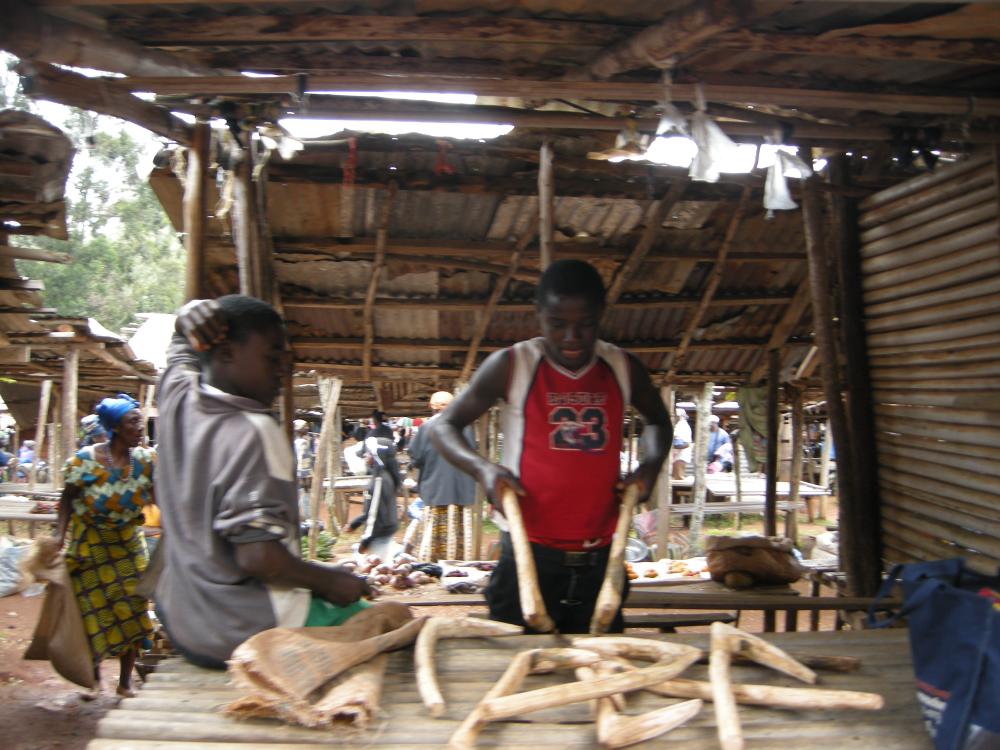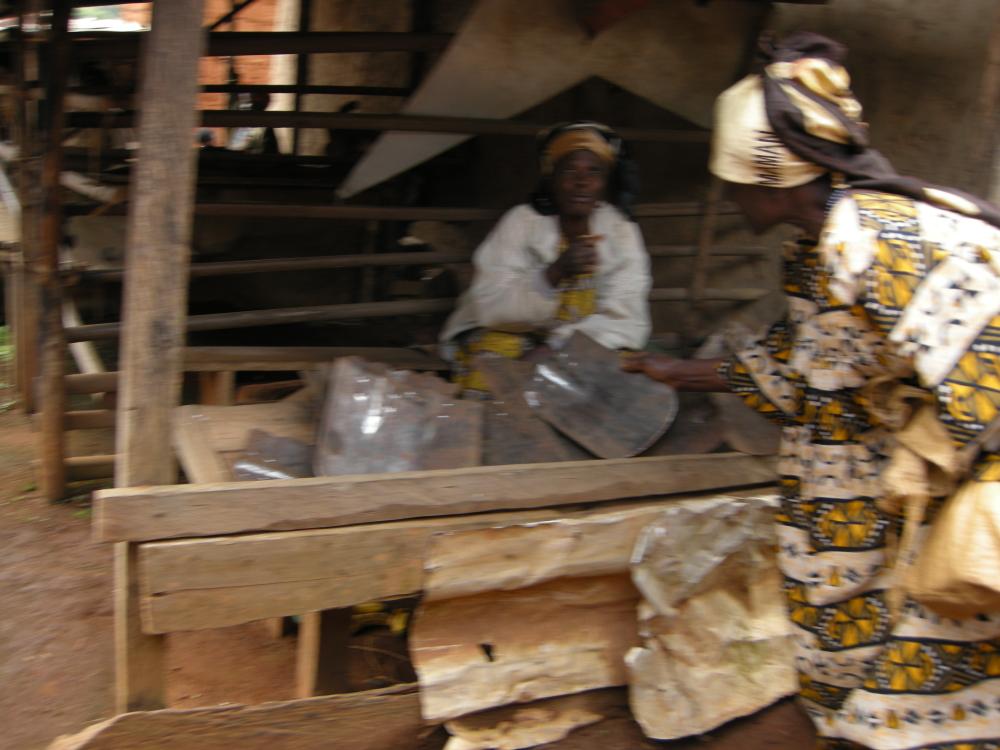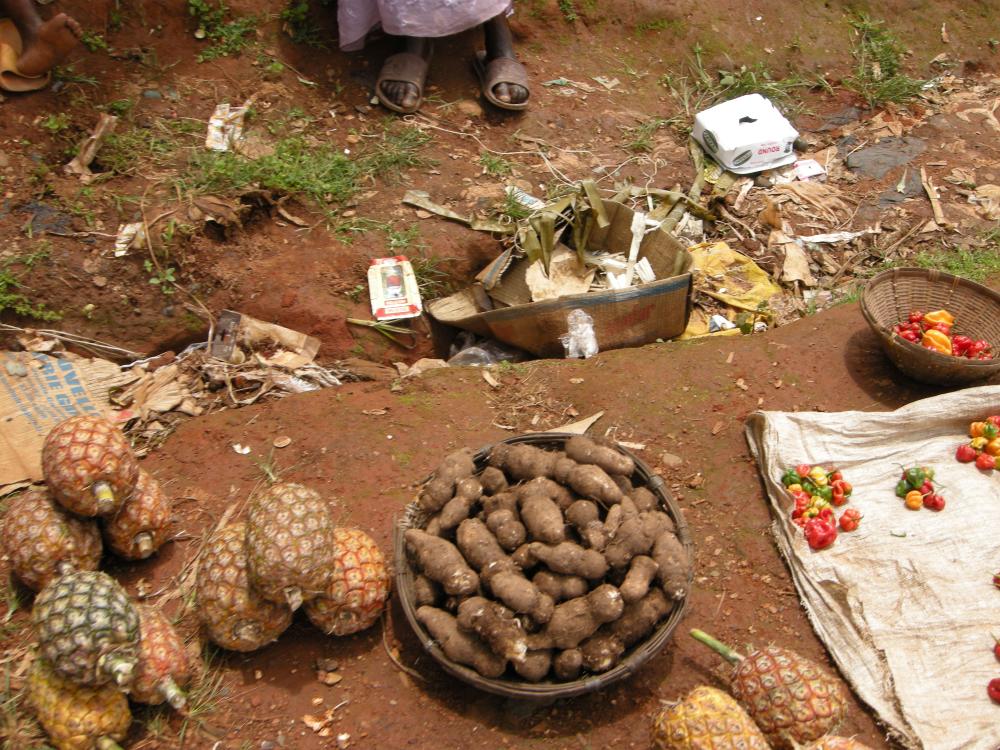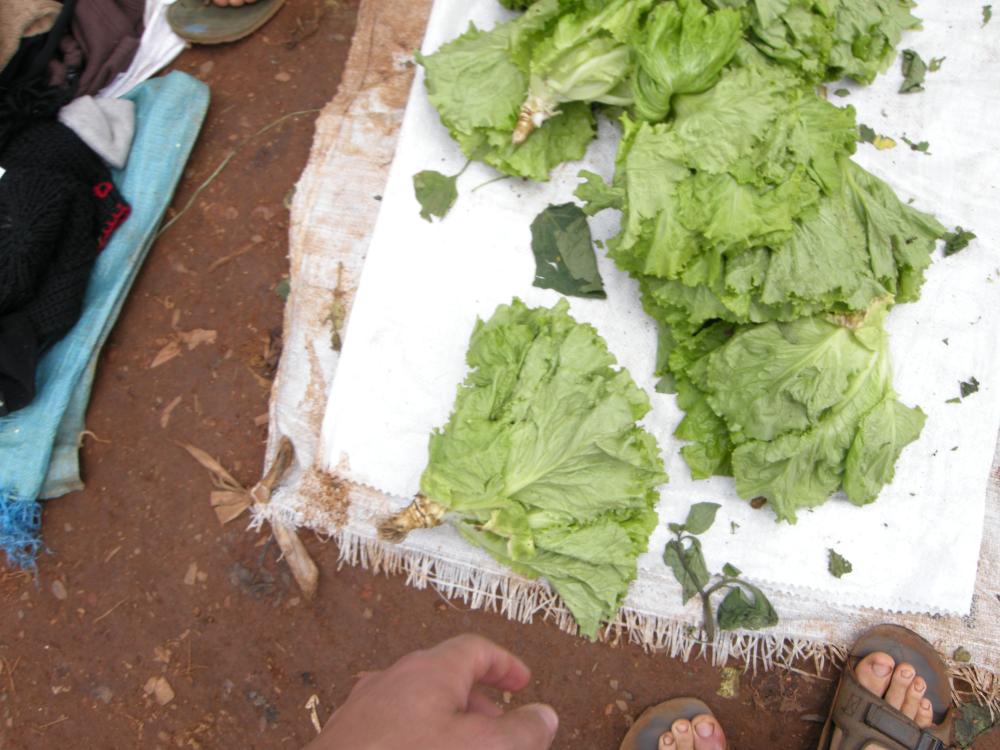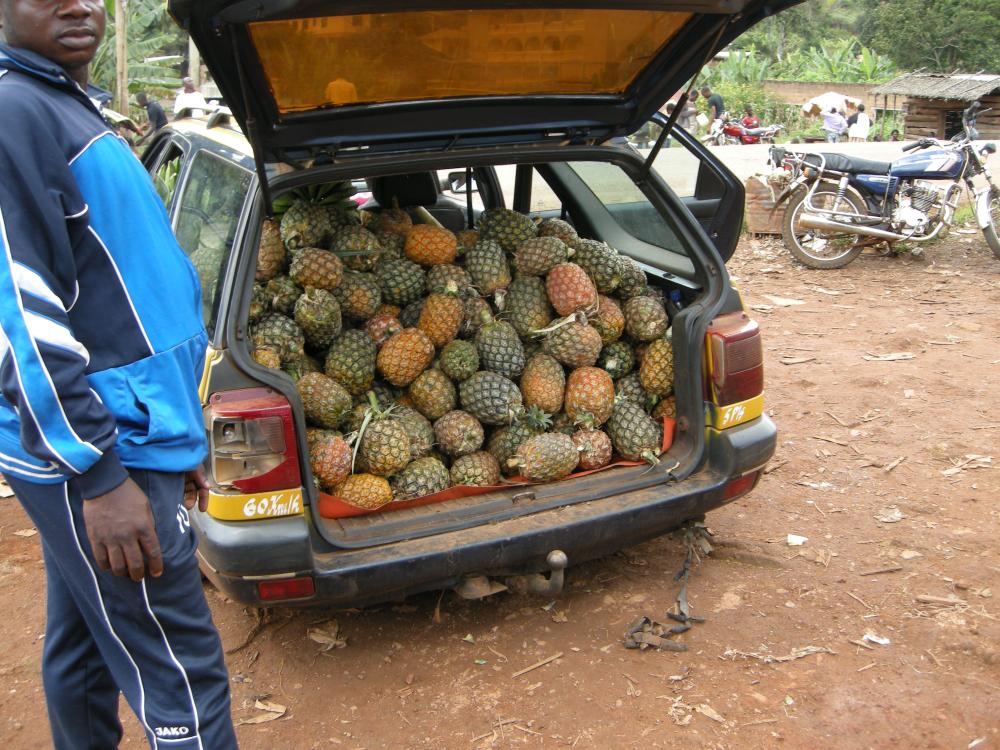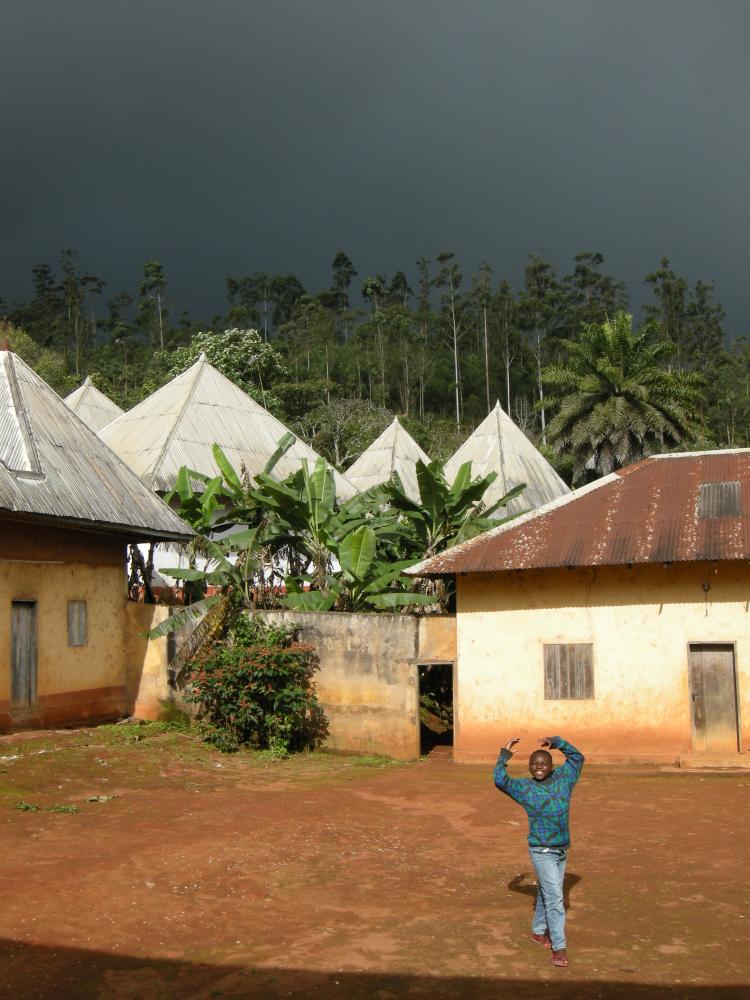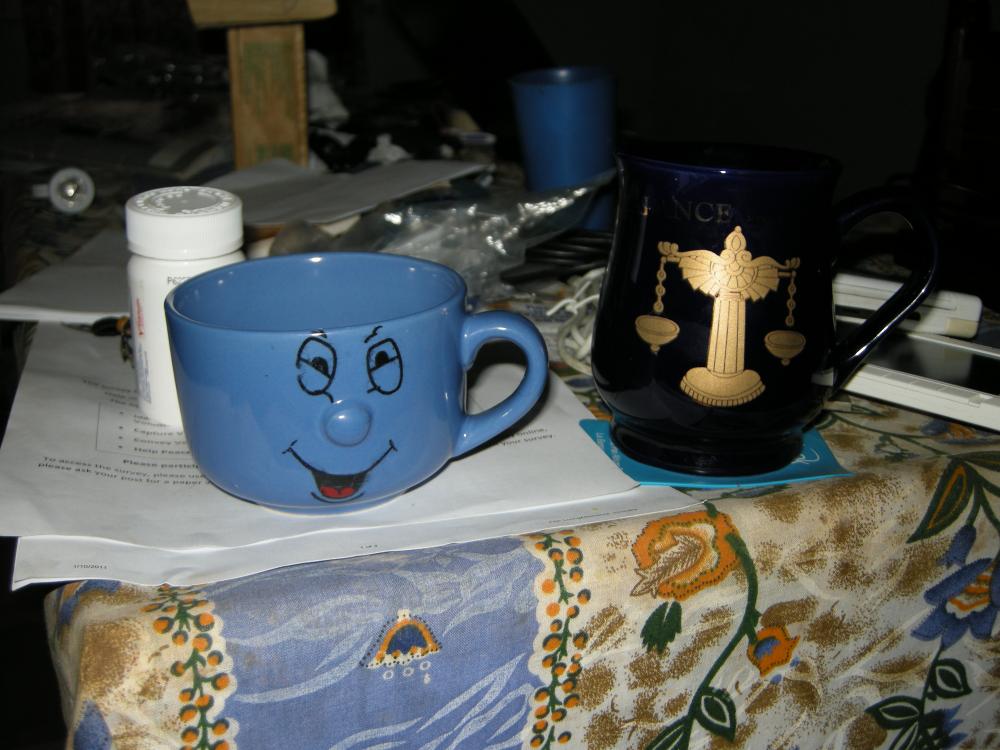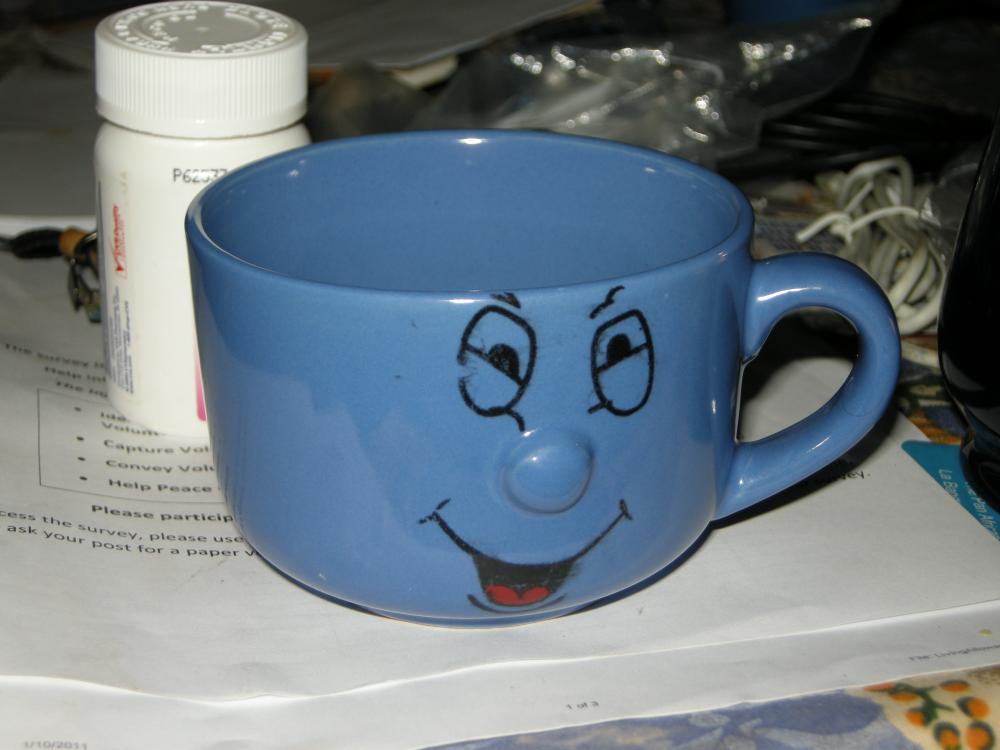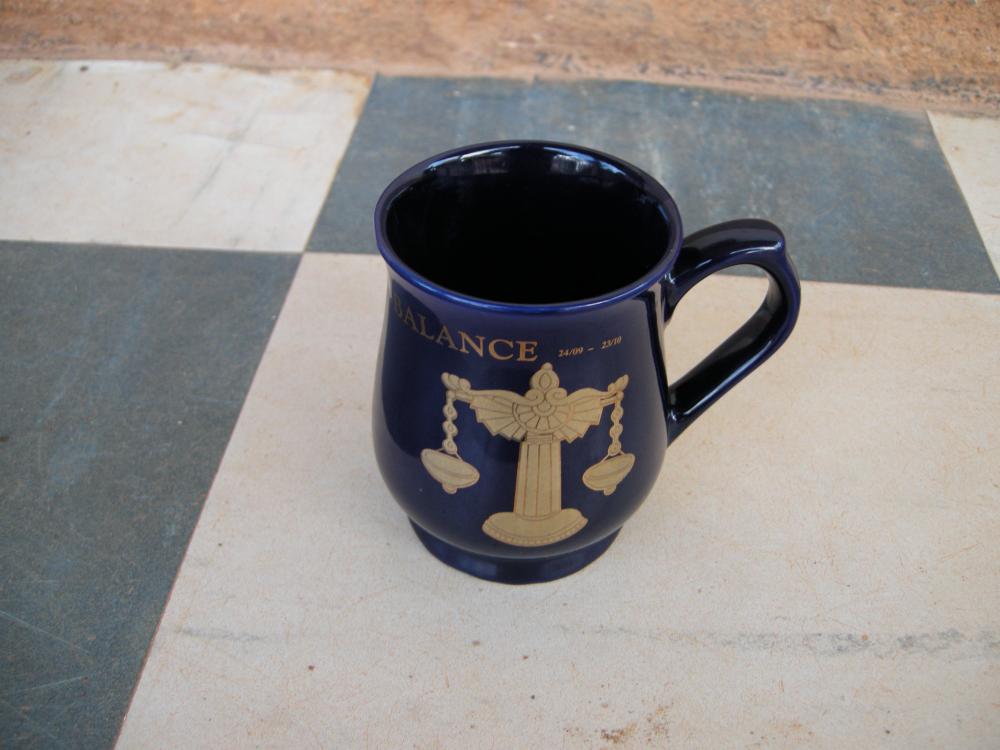Marché (Thursday, 2011 August 26)
I’m gonna let my computer upload some more photos while I lay in bed and play DS. These are from the most recent jour du marché, last Saturday. Village marchés in the West tend to be every 8 days (traditionally, the Bamiléké follow an 8-day week). Saturdays during vacation are big days for deuils, let’s translate that as "funeral", so these pictures illustrate a marché that’s a little sparser than usual.
The marché in my village is just off the paved road that runs from Bafoussam to Douala. Properly, it’s just behind these buildings, but it sort of spills out a little bit. This intersection is called Tchomso, I don’t know if that means something in patois, but you can also say le marché.
Same buildings, but closer up. The one on the left is a boutique/bar. You can see some village mamas setting up here anyhow, and there are people on the veranda eating. I’m not sure about the other two buildings; I hardly ever see them open.
Same bar, plus a look at the busiest corridor in the marché.
This is from the veranda, facing kind of the opposite direction. You can see on the left a girl interacting with the beans-and-beignet lady (off-camera). On the right, you can see vendors of what look like dried fish, prunes, and okra (gumbo).
Pretty much any chance I get, I get breakfast from the beans-and-beignet lady. Here you got your beans, your beignets, and a cup of bouillie, which literally I think means something like "porridge", but in Cameroon always means this kind of slightly sweet, soupy broth made from cornmeal. I always find the first mouthful really good, but subsequent mouthfuls unavoidably taste exactly like cornmeal broth. (I dunk the beignets in the bouillie but I don’t think anyone else does.) Note the spoon — forks are fairly rare in Cameroon.
On the same veranda is a little girl operating a poisson braisé stand. The plastic dish is used to fan the charcoals.
Although you can get clothes tailor-made fairly cheap here, cheaper still is to buy discarded clothes exported from the Occident. A used-clothes vendor like this is called a fripperie. The West Region is more Westernized than some other regions, so some stuff like this even shows up in village marchés.
This is my favorite vegetable lady. She never calls me le blanc, though sometimes she calls me professeur. I always try to buy at least 1000 CFA worth of stuff from her, every market day, mostly in green beans but occasionally in carrots, condiment, or whatever else she has. I don’t know which of these things she grows and which she buys to resell.
Her "neighbor" (blue and green dress) at the next table over is a little more annoying, but if she has good fruit, I’ll often buy from her.
Typical staples in our region: carrots, green beans, tomatoes, green pepper, condiment (pretty much any aromatic herb: scallions, celery, parsley), and a bunch of peanuts (Anglophone: "ground nut").
I don’t usually buy my tomatoes from her but I hadn’t been at the previous marché so I felt guilty and let her talk me into buying from her.
Some tables a little ways over. Onions, ginger, and piles of cloves of garlic (100 CFA per pile). Also, babouches, which can mean sandals, slippers, or flip-flops.
Grain products are bought en gros like this. I can’t see what these are, but I’d guess rice and dried beans.
Another miniature fripperie. This guy is calling out something like "Clothes, one hundred a piece!"
Usually they don’t smile.
I never realized how many babouches were on sale in our market.
This table is in what I consider the "back" of the market, which is much less energetic. Sometimes mamas don’t even man their tables.
This guy is definitely a businessdude. I’ve seen him at marchés in other neighboring villages and all of his stuff was obviously purchased somewhere. I usually buy spaghetti from him.
My village is known for its chou, cabbage. You can also see some little red piment.
I’m not sure if honey is a big thing all over Cameroon, but there are definitely a bunch of vendors here in my village. Note the two sizes of Top bottle — "small", about 0.3 of a liter, and "normal", about 0.65 L.
L’huil rouge, "red oil" or palm oil, comes from the nuts of palm trees. You boil the nuts and maybe add water or something. It’s a very common ingredient in Cameroonian cuisine but I think it’s not terribly healthy so I try to avoid it. All other "Western" kinds of oil are called l’huil d’arachide, "peanut oil", even if it’s sunflower, soybean, or olive.
I ended up buying prunes from this lady. Here she is handing someone else my cadeau, "gift", a little extra to thank me for being her customer. (Also known as lagniappe.)
Shovel blades and shovel handles are sold separately. Sorry for the quality of the pictures; I was trying to be covert.
Peanut vendor. He’s whisking them around in a sort of sieve to try to get the skins off, rocks out, and identify the bad ones.
I have no idea what these are but I see them a lot. They almost look like tiny shriveled piment. On the plastic bag are dried patate douce, which are like eating flavored leather.
I haggled over some of these pineapples for a while but didn’t get the price I wanted.
Salade, lettuce, is a rainy-season food. (Otherwise it needs to be watered "by hand".)
Pineapples grown in my village are often shipped to Bafoussam, where they fetch a higher price. There are also fruit carts that sell pieces of peeled pineapple for 100 CFA. Cameroonians tell me that pineapple is cheaper in village, but most other things are cheaper in the city.
I know it’s nothing compared to Hurricane Irene, but here’s what the sky looked outside my front door the other day. Brondon pointed it out to me — the clouds look pissed but there’s also sun from the other direction.
Some mugs I bought in the other kind of market — the supermarket in Bafoussam. You have to be careful when you go there or you’ll drop tens of thousands of CFA. The darker one is from a series of Zodiac mugs (Zodiaque) and it depicts "Balance" (Libra). I’m not a Libra but I thought it was really pretty.
